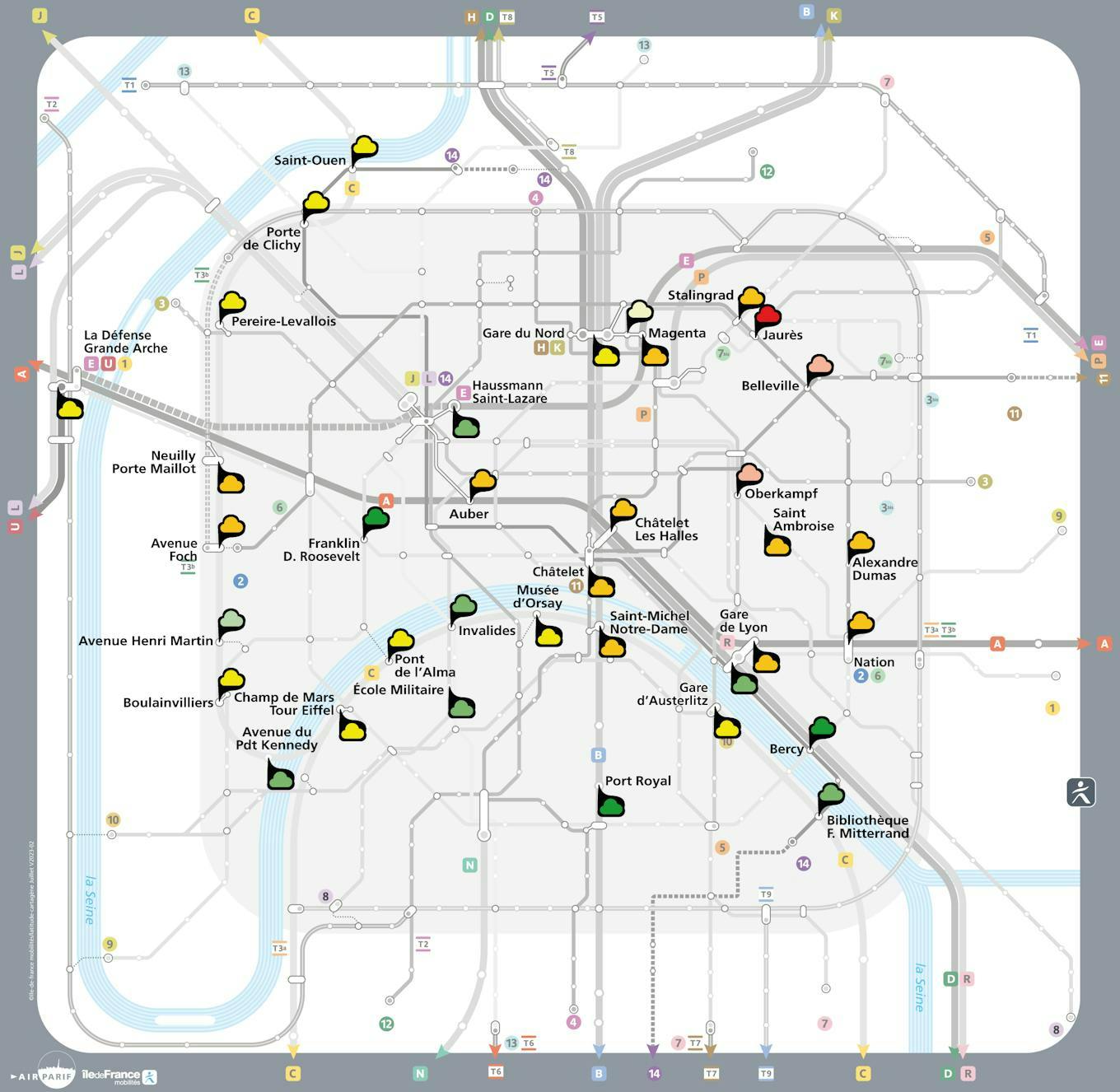Dossier
Île-de-France Mobilités:
Carbon-free mobility
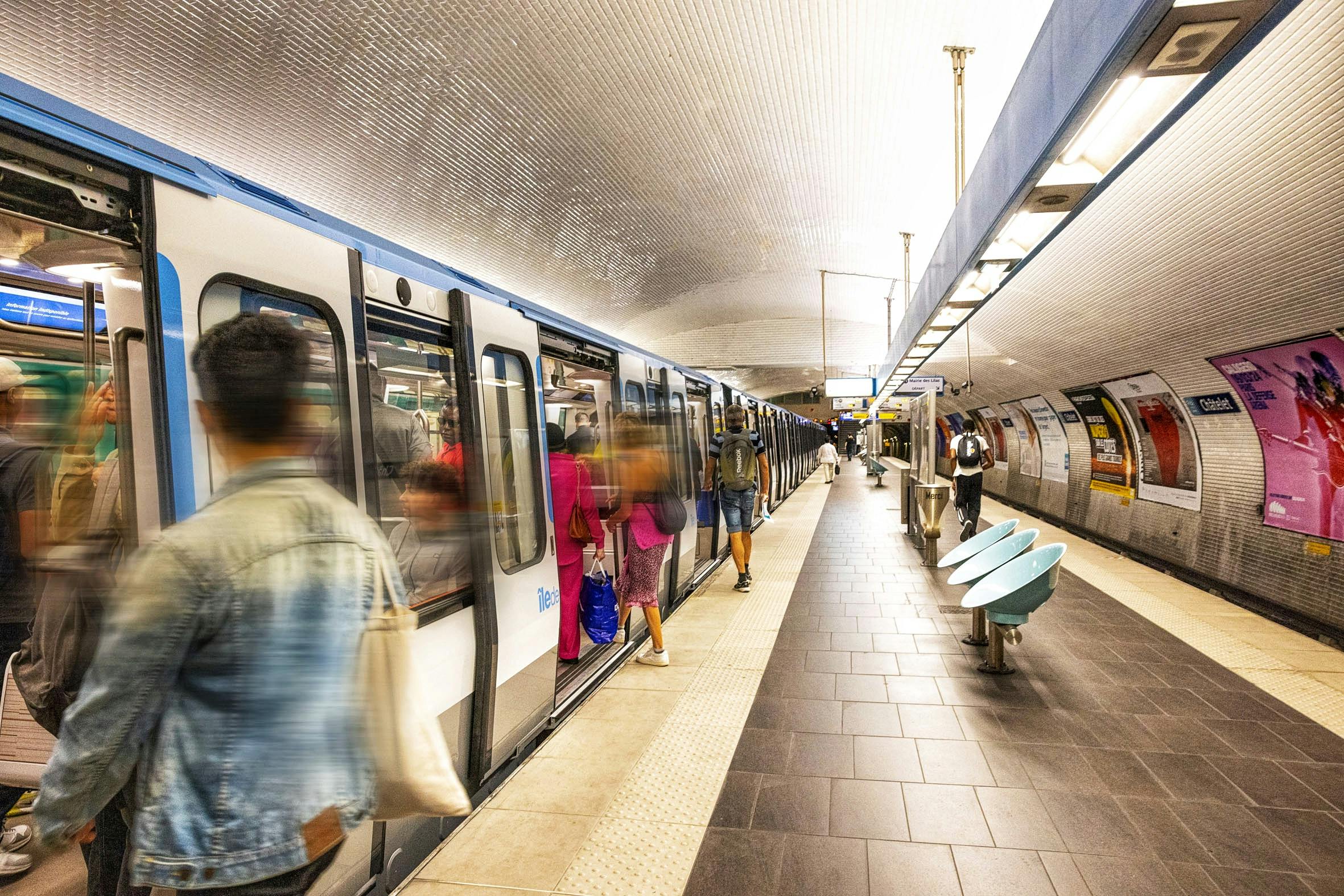
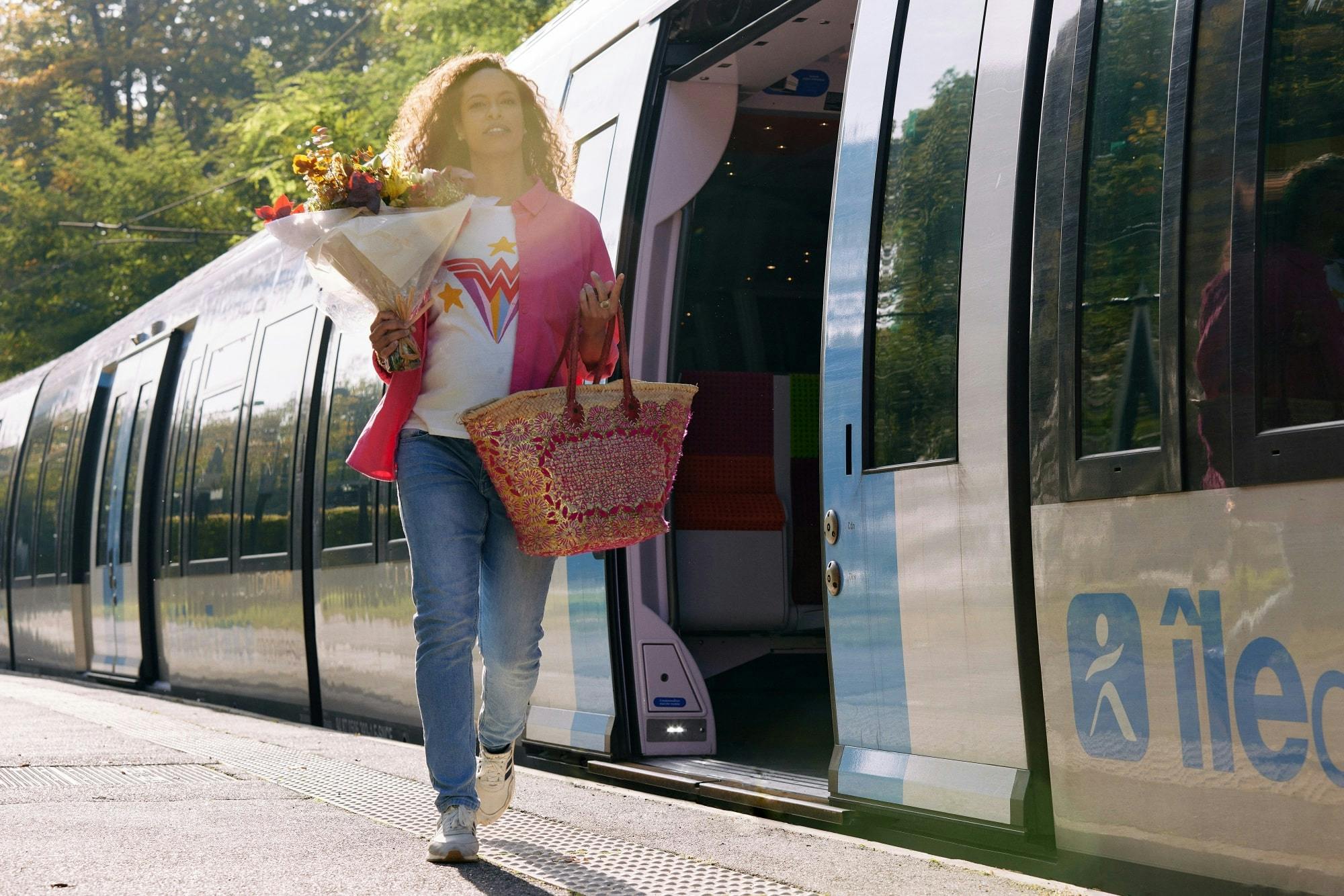
Île-de-France Mobilités: a major player in the energy transition of public transport
The ambition of Île-de-France Mobilités? To act in favour of a cleaner environment through constant improvements to equipment in order to achieve the total decarbonisation of its fleet.
This is why, with the aim of significantly reducing CO2 emissions in Île-de-France and promoting sustainable mobility, Île-de-France Mobilités has launched an ambitious programme aimed at decarbonising all modes of public transport in Île-de-France.
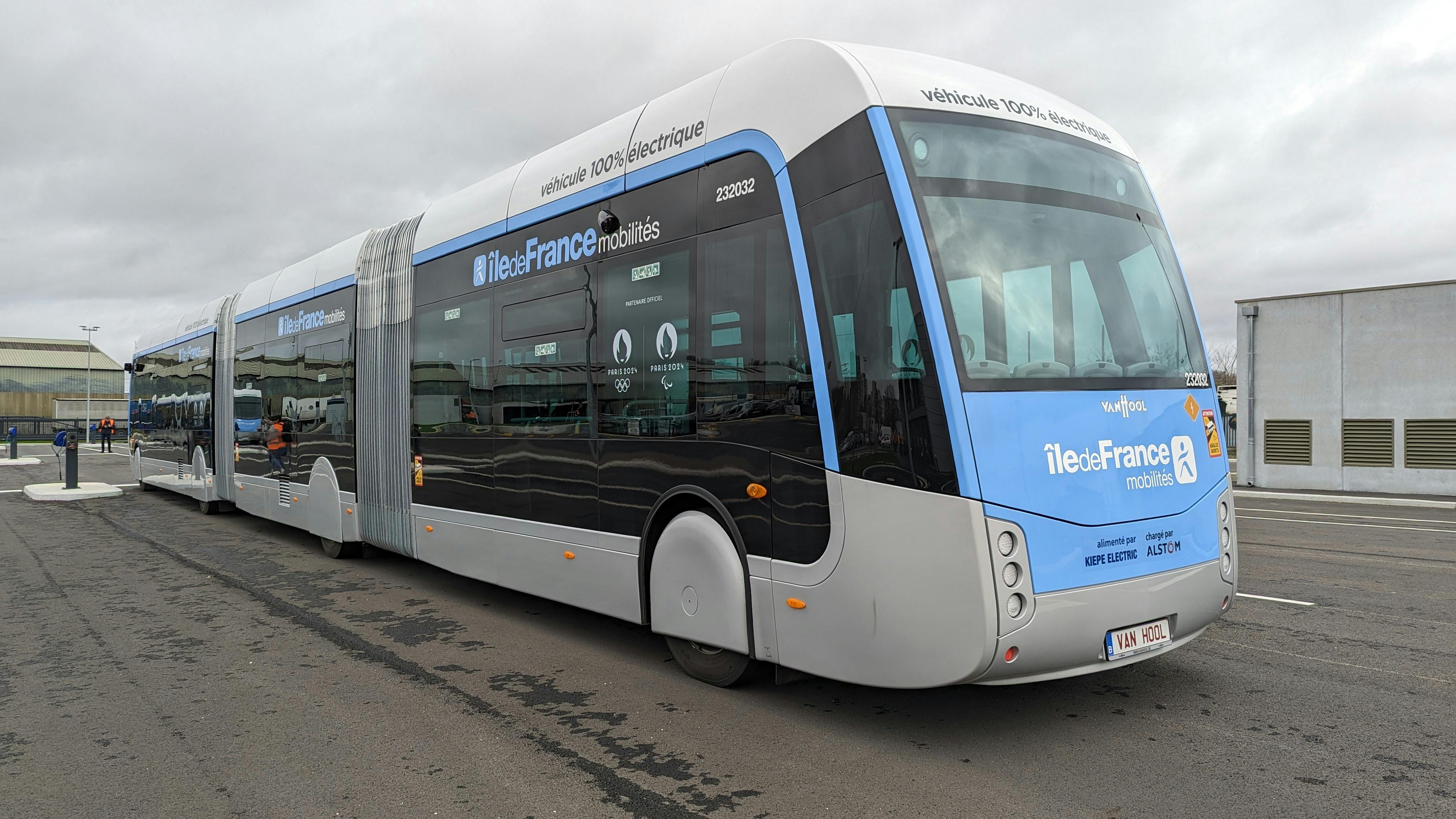
Sustainable buses, for a strong ecological commitment
Objective: 0 diesel buses by the end of 2025, 100% clean buses by 2029
To enable everyone to travel in an environmentally friendly way, Île-de-France Mobilités is fully committed to the energy transition.
Biomethane or electric vehicles, the replacement of diesel with HVO (Hydrotreated Vegetable Oil), redesigned depots and infrastructure, innovations: the entire bus ecosystem is becoming sustainable.
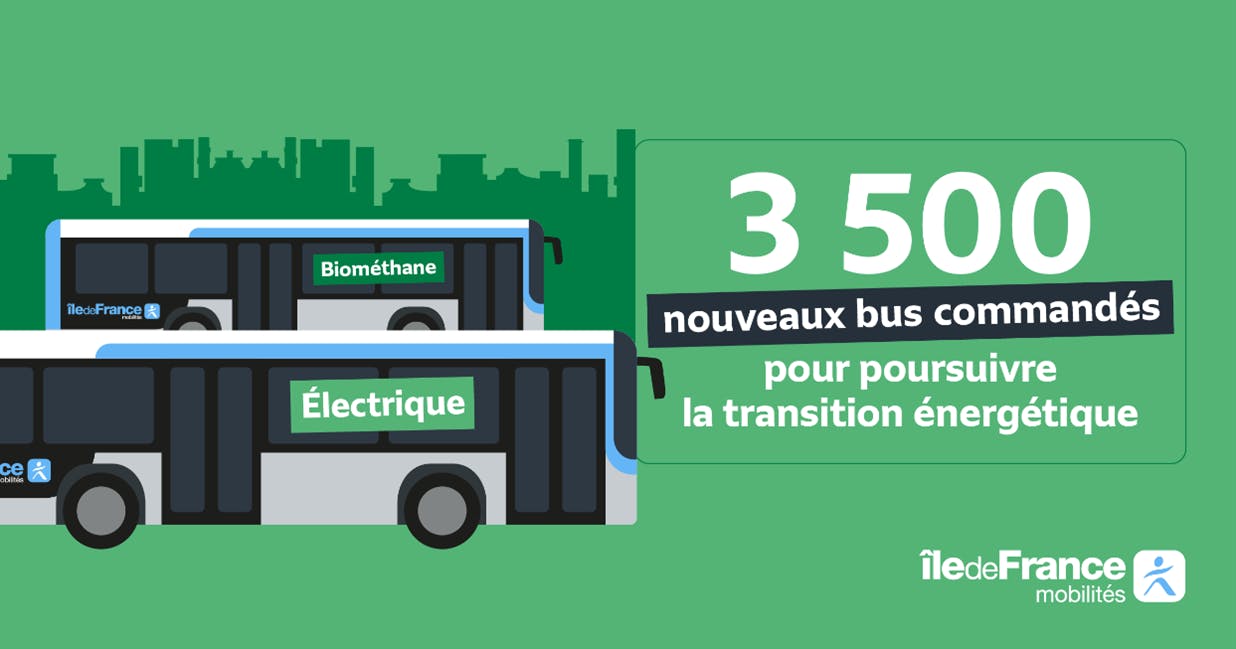
- Île-de-France Mobilités' energy mix aims for 70% biomethane and 30% electric
- In 2025, the bus and coach network will run on clean energy in urban areas
- 3,500 new clean coaches and buses will arrive on the lines between 2025 and 2028
- Conversion: no sustainable "green" buses without deposits (or "COB" for "operational center buses")
- Anaerobic digestion: support for local and virtuous production sectors

Local anaerobic digestion
Promoting eco-mobility also means actively supporting the development of the anaerobic digestion sector in the Île-de-France region.
More biomethane is great. But it's even better when this green energy is produced locally. This is why Île-de-France Mobilités is investing in the structuring of this local production sector.
In January 2024, the Paris region has 57 operational anaerobic digestion facilities
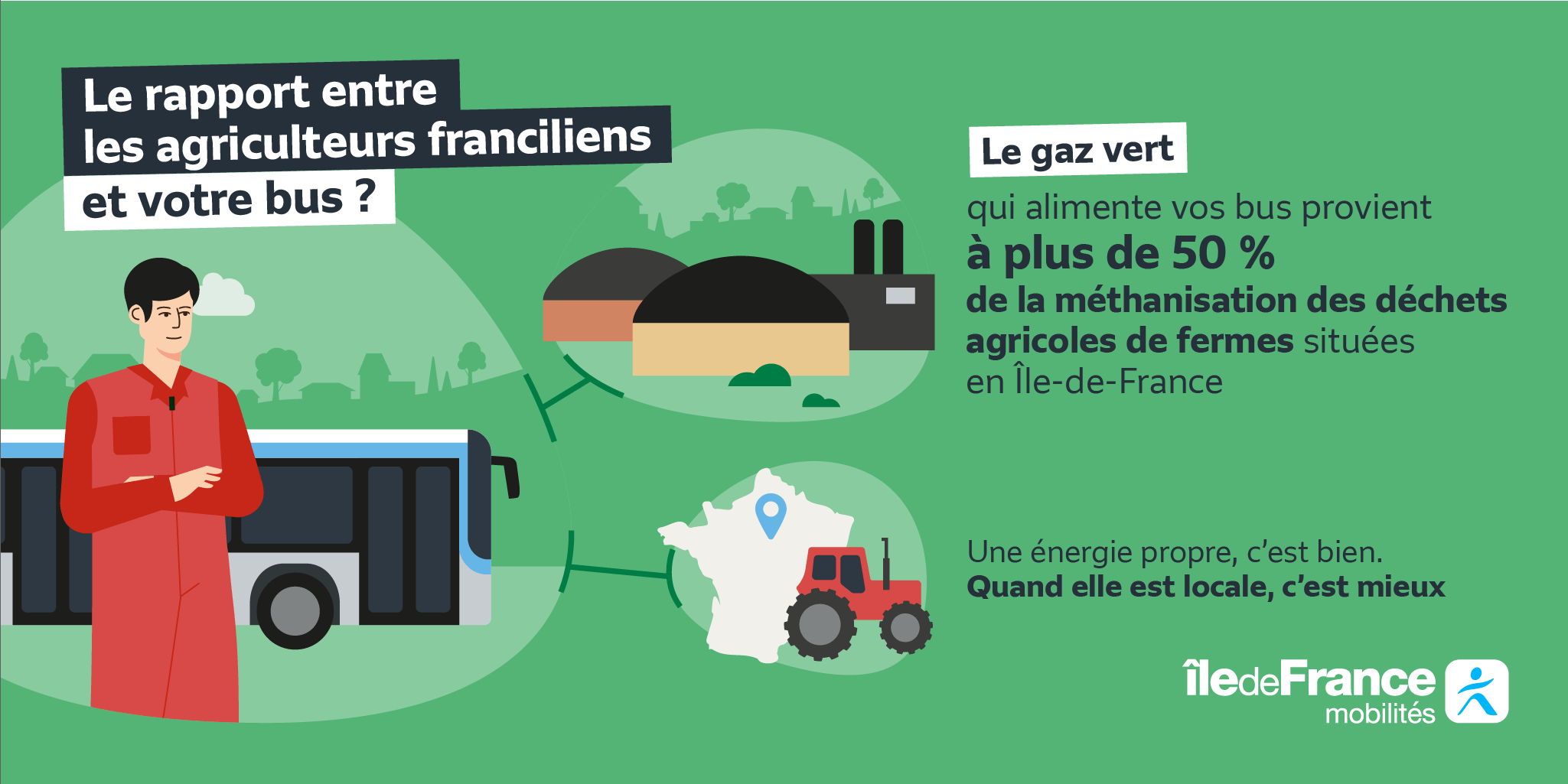
The transformation of bus depots in Île-de-France
Île-de-France Mobilités is actively working on the energy transition of buses with the modernisation of the Bus Operational Centres (COB).
These hubs, the nerve centres of this means of transport, must transform themselves to meet the needs of ecological vehicles, and ensure their maintenance, supply and storage.
In January 2024, 30 COBs are already equipped to accommodate a fleet of green buses, underlining Île-de-France Mobilités' commitment to a zero-emission public transport network by 2030.
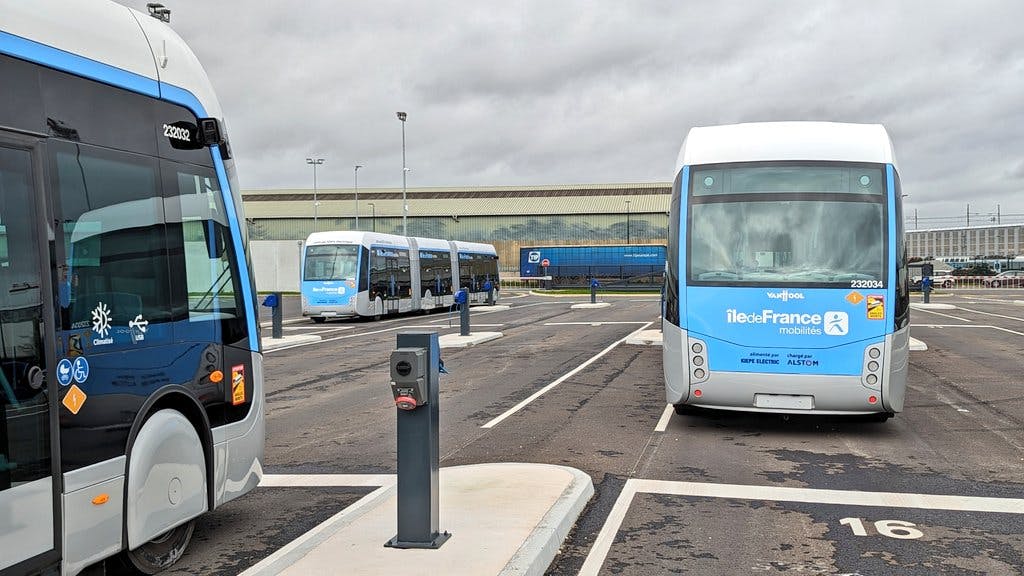
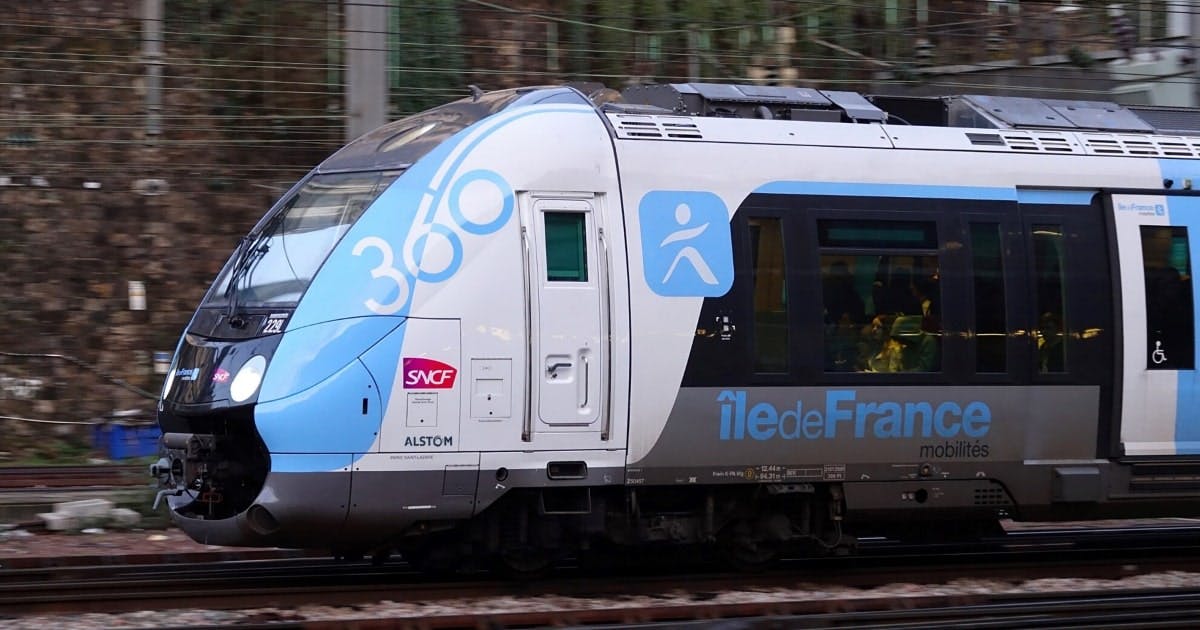
Rail network: 100% electrified (or almost)!
By 2030, the entire Ile-de-France rail network will be electrifiedwith the planned work on the last unequipped axis, La Ferté-Milon, on line P.
After years of effort, this transformation, which is nearing completion, testifies to Île-de-France Mobilités' major commitment to ever more sustainable mobility.
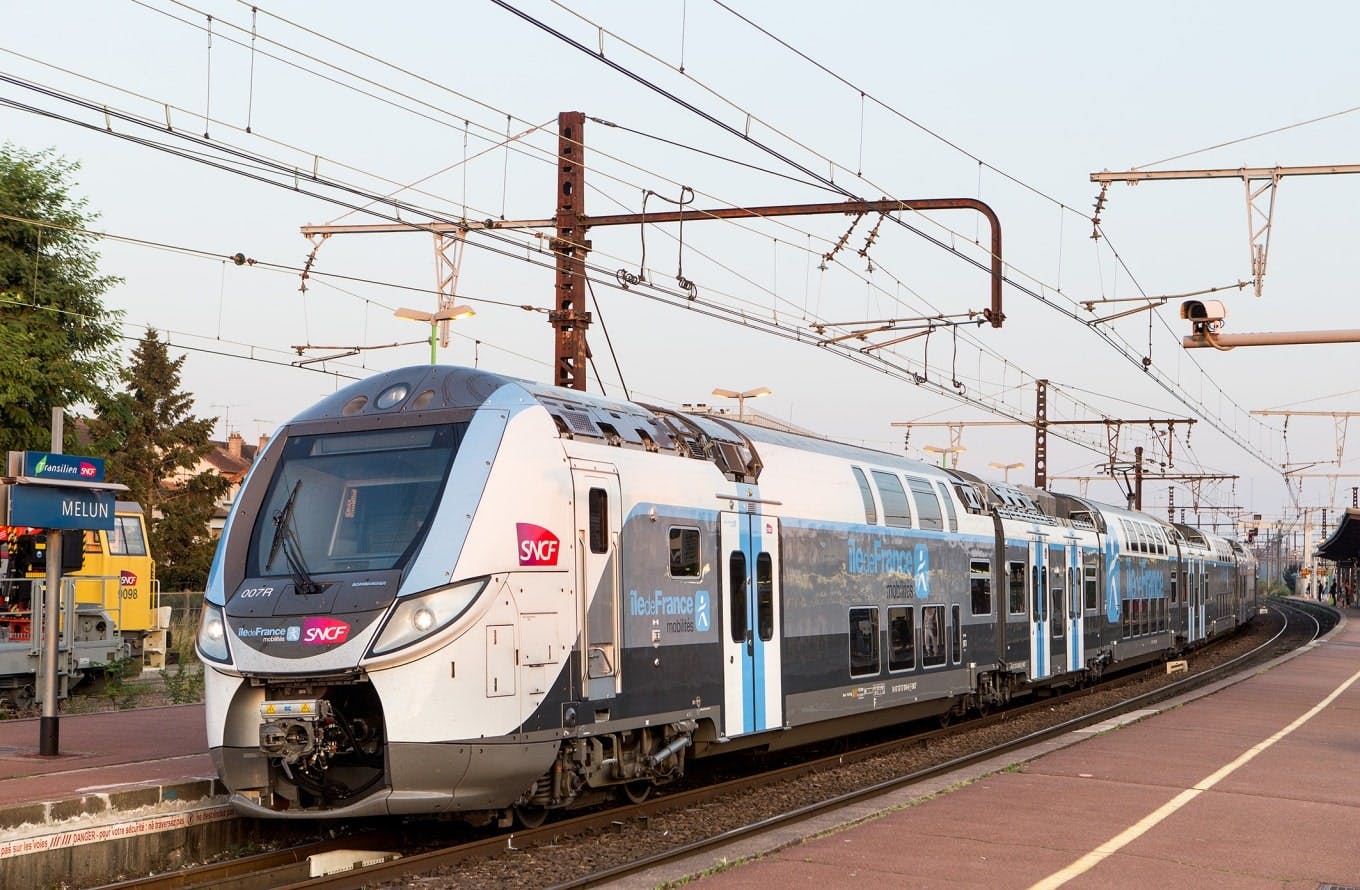
Ecological and economical
An electrified rail network means trains that use cleaner and more economical energy than diesel. But also more modern trains, less energy-consuming, more comfortable and quiet.
Thus, as part of the massive renewal of rolling stock (trains, RER NG, metros), the objective is to reduce energy consumption by up to 25% thanks to new traction and braking systems that improve acceleration and deceleration performance compared to that of previous generations, while optimizing energy sobriety.
This is a central environmental asset in the vision of Île-de-France Mobilités, which is committed to investing every day to bring to life an ever more sustainable mobility in the Ile-de-France region.
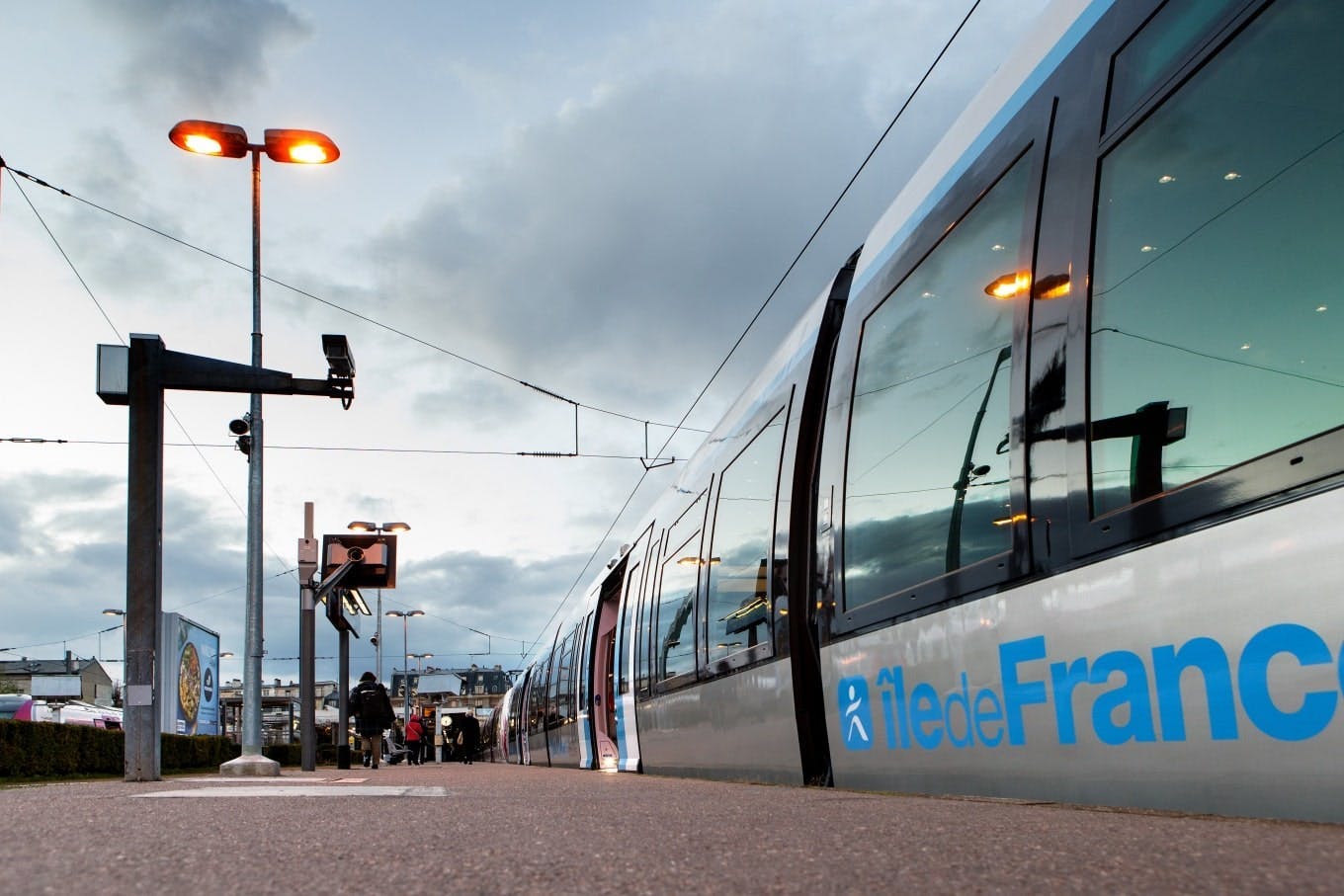
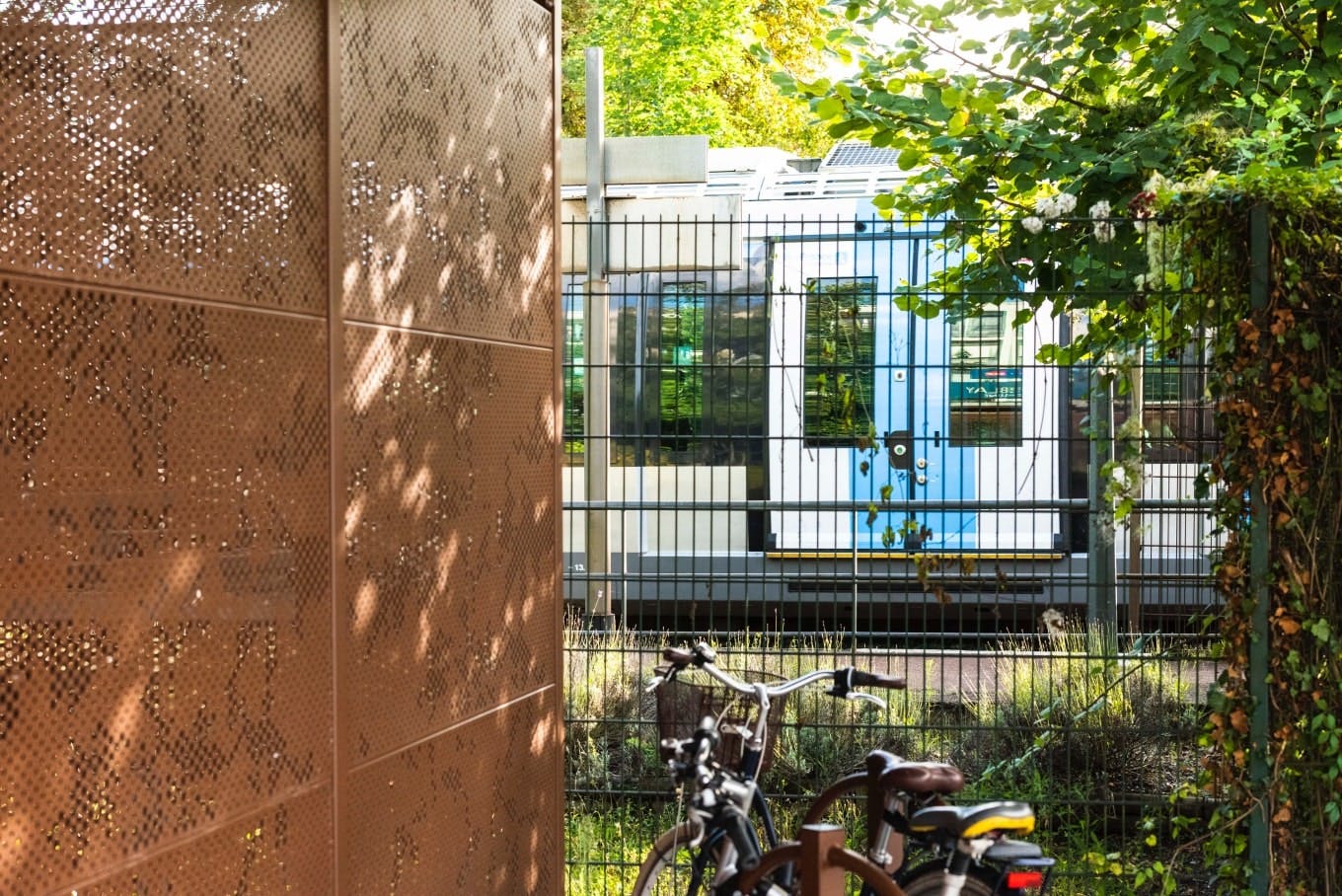
Intermodality: a tool for decarbonisation
Since 2016, Île-de-France Mobilités has been committed to the most ambitious programme in Europe to achieve the total decarbonisation of all modes of public transport. A programme that also involves the development of intermodality.
Offering modern, non-polluting rolling stock is essential. Allowing everyone, in Île-de-France, to compose the route that suits them is even better.
By making the transitions between different modes of clean and efficient transport more fluid, modernising its fleet and strengthening connections, Île-de-France Mobilités is relying on intermodality as the linchpin of its environmental strategy.
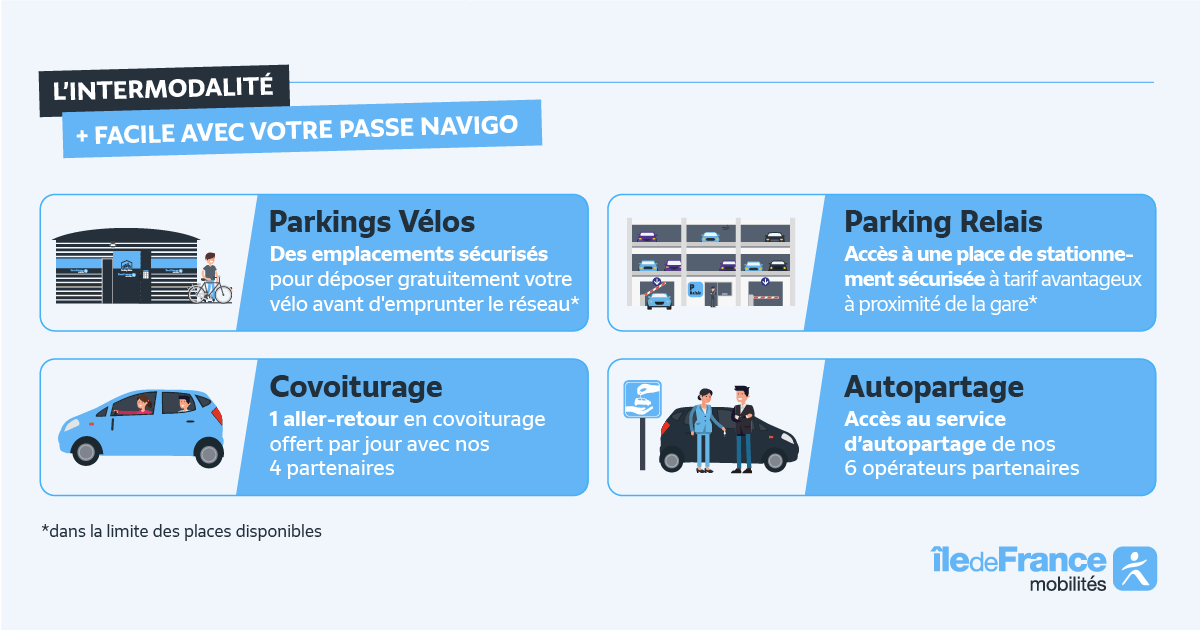
Bike + train + metro or carpooling + RER + bus: that's what intermodality is all about.It means switching seamlessly (or as little as possible) from one mode of transport to another, thanks to the unified Île-de-France network (with a Navigo pass).
Facilitated intermodality: this is the other challenge in which Île-de-France Mobilités is committed. Because the more interesting it is to choose public transport rather than your car, the faster the Paris region will move towards decarbonisation - and cleaner air.
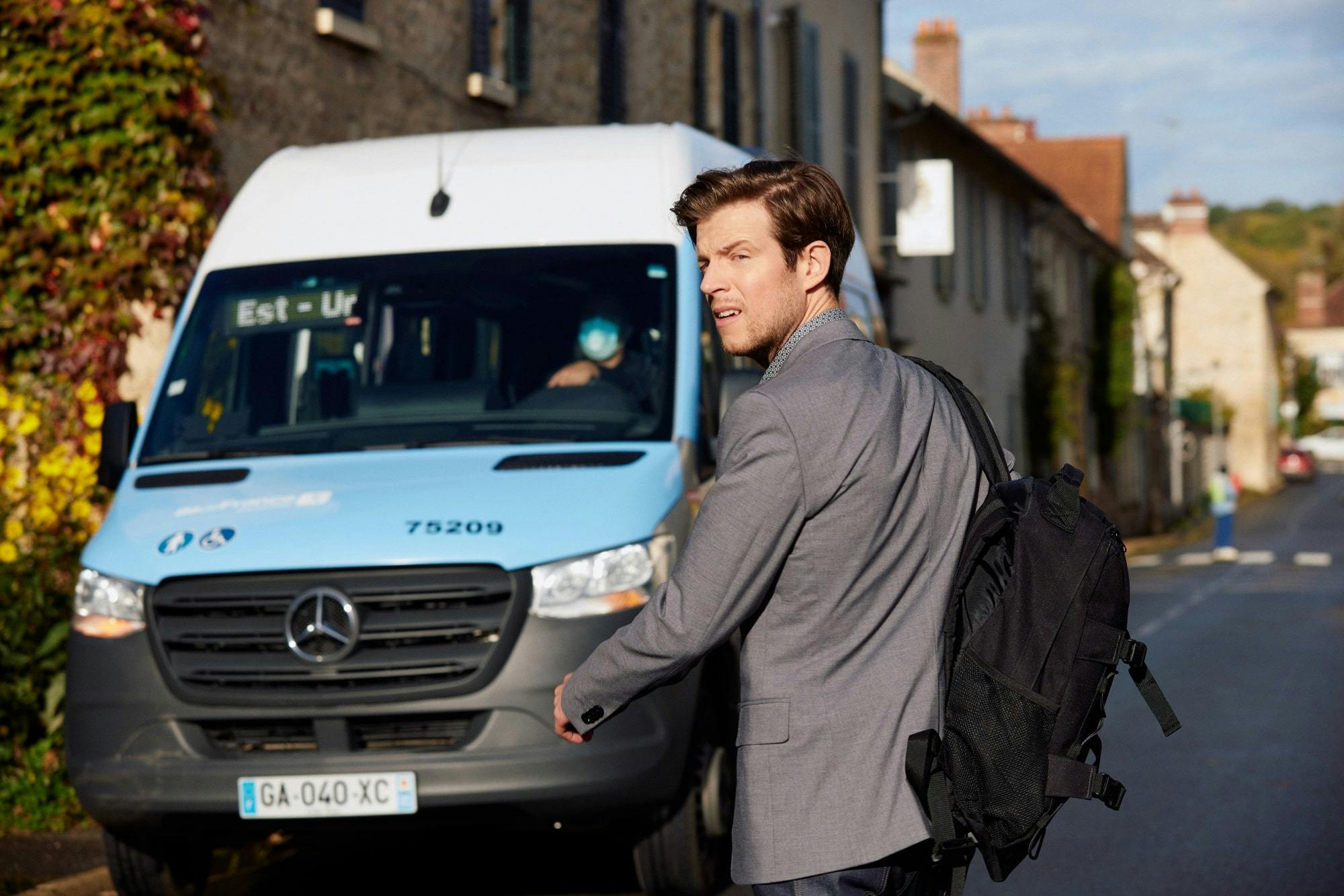
Intermodality at the service of the Paris 2024 Games
Enhanced intermodality for all Ile-de-France residents and the modernisation of all rolling stock will make it possible to hold carbon-free Olympic and Paralympic Games in 2024. For the first time in the history of the Olympic Games, 100 per cent of passengers will be able to reach the venues by public transport

Focus on: Park & Ride
To make it easier for Ile-de-France residents to take the train, the parking spaces labelled "Park Relais" near stations in the outer suburbs allow you to park your vehicle without wasting time.
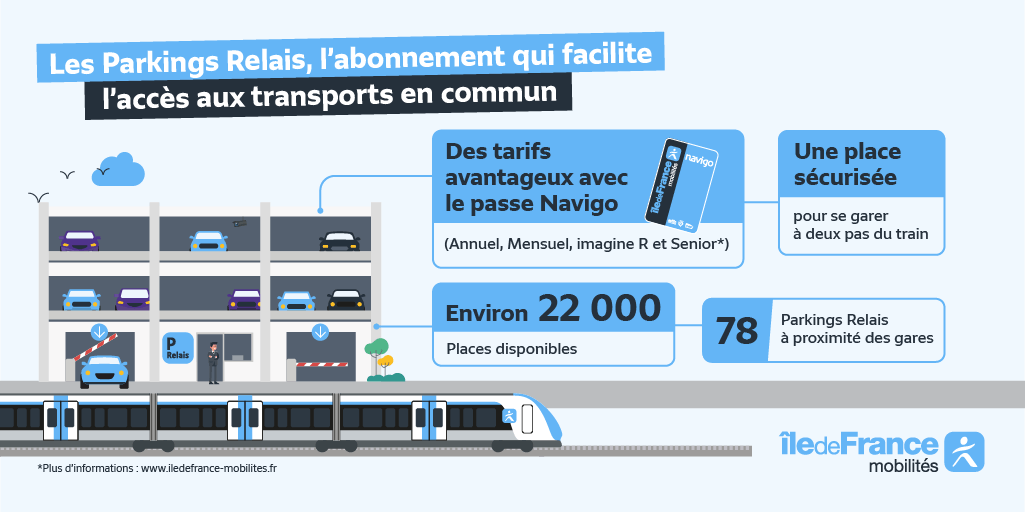
Focus on Véligo Rental: the long-term rental e-bike... by Île-de-France Mobilités
With Véligo Location, Ile-de-France residents have had the largest long-term rental service for electrically assisted bicycles (EABs) in the world since September 2019.
The Véligo Location service aims to encourage the development of sustainable mobility, by allowing all Ile-de-France residents to test the use of the e-bike for their daily journeys, for 6 to 9 months (1 to 3 months for cargo models).
The idea is to create a virtuous journey: "I try the e-bike with Véligo", then "I join the e-bike" until "I want to buy my own bike".
And this is where Île-de-France Mobilités comes in again, by financially helping Ile-de-France residents to take this step, with a purchase subsidy of up to €400 that can be combined for a classic e-bike and €600 for a cargo e-bike with electric assistance.
Surveys from Véligo Location show the success of this route: among Véligo Location users, only 1 in 2 people regularly cycled. At the end of Véligo Location, 7 out of 10 continue this practice.
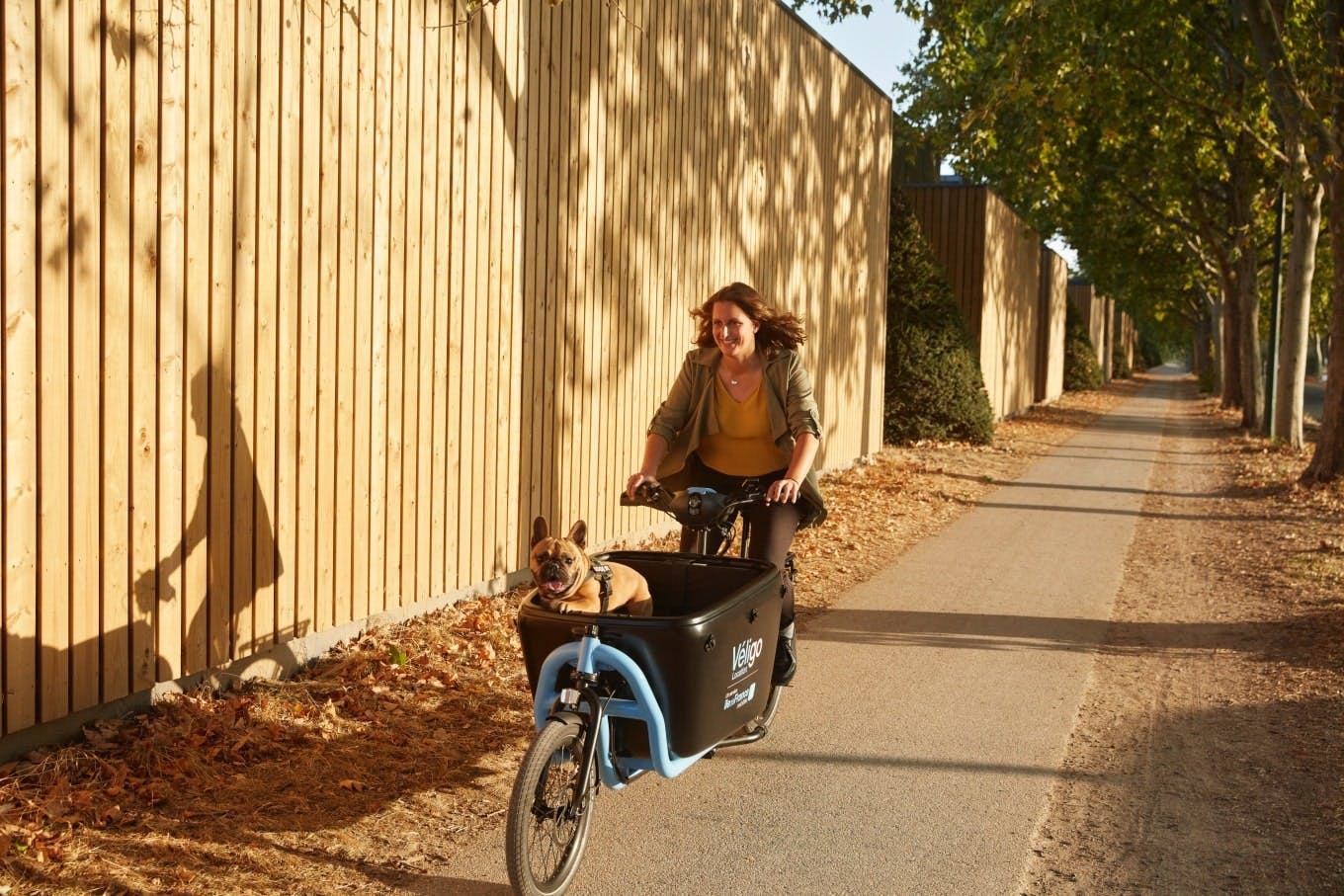
Focus on: VIF
While Île-de-France Mobilités is accelerating aid for the purchase of bicycles and the deployment of inexpensive bicycle parking (or even free to subscribers) as close as possible to train stations, the Île-de-France Region is working on the deployment of the VIF - for Vélo Île-de-France.
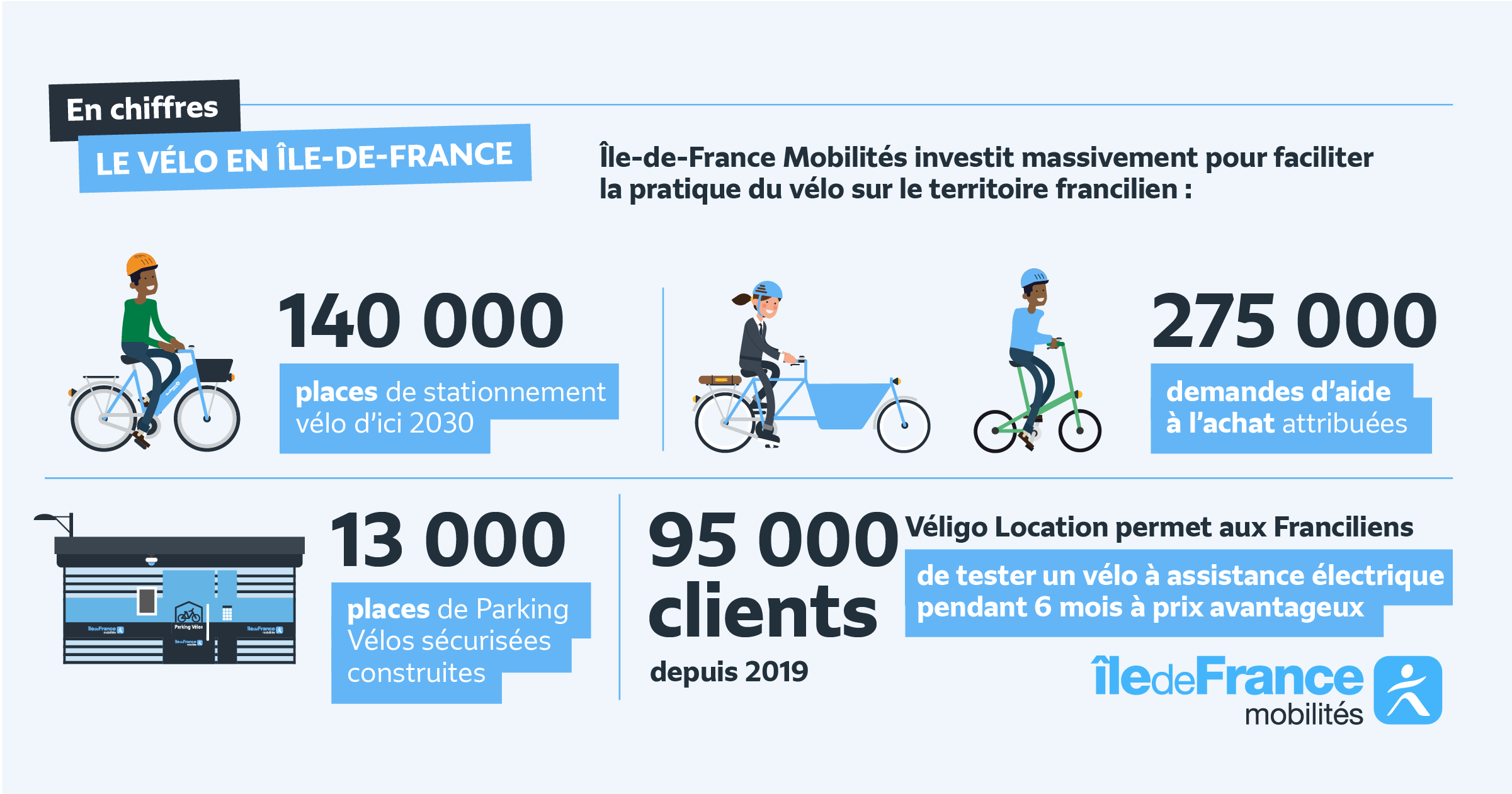
The VIF is a network of 11 cycle lanes, over 750 km, which will guarantee continuity of journeys, without obstacles, without incessant stops or slowdowns, with enough space to accommodate a large number of cyclists, in complete safety. The objective? Making cycling an easier mode of daily travel for Ile-de-France residents.
The Region is investing €300 million in this network, which will make it possible to reach Paris from all sides. The deployment of the VIF is planned between 2025 and 2030.


Improving indoor air quality
Improving and controlling air quality in metro and RER stations is an essential mission for Île-de-France Mobilités.
A pioneer in this field, observed by other capitals, the Île-de-France transport organising authority is working hand in hand with its expert partner AirParif (the air quality observatory in Île-de-France) to design an ambitious plan and concrete actions, implemented on the ground by the line operators, RATP and SNCF Transilien.
A plan whose objective is to limit emissions of fine and ultrafine particles, and whose operating methods evolve as knowledge, standards and technological innovations evolve.
The actions are grouped into 3 main axes:
- Improving knowledge of fine particles and public information
- Expand existing tools and test new ones
- Upgrading metro and RER trains to reduce sources of emissions
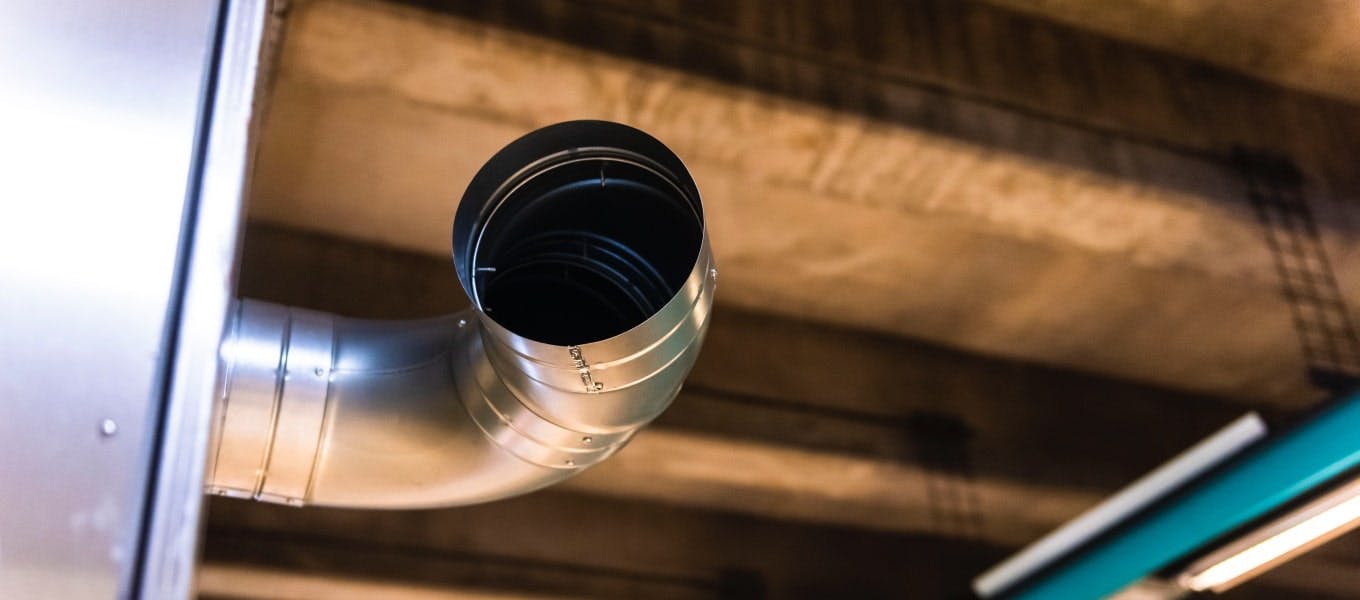
2023 Mapping of Air Quality in Underground Enclosures
The purpose of this card? Establish a precise inventory of air quality in order to inform passengers and optimize the action plan by prioritizing initiatives in stations with the highest thresholds.
